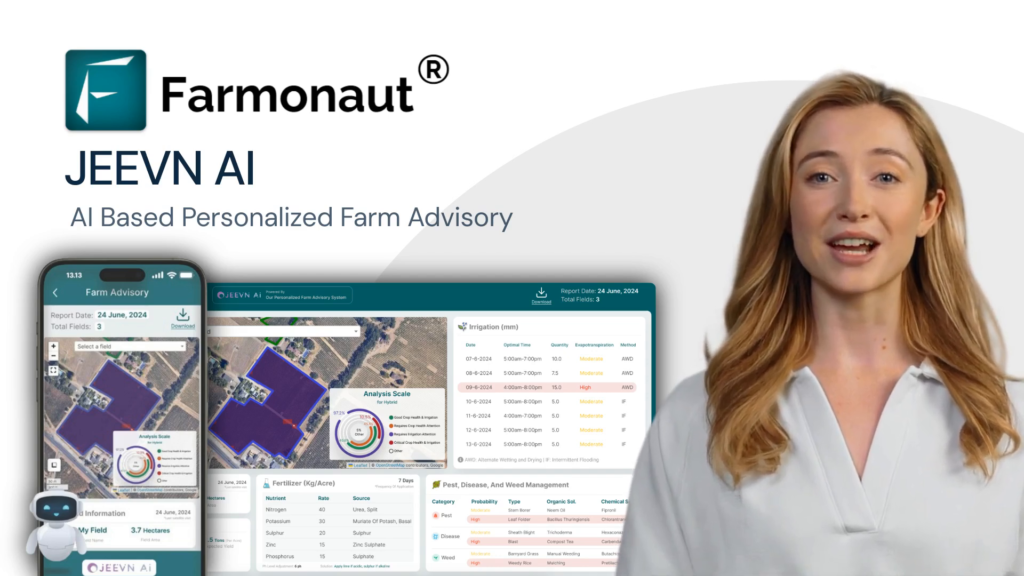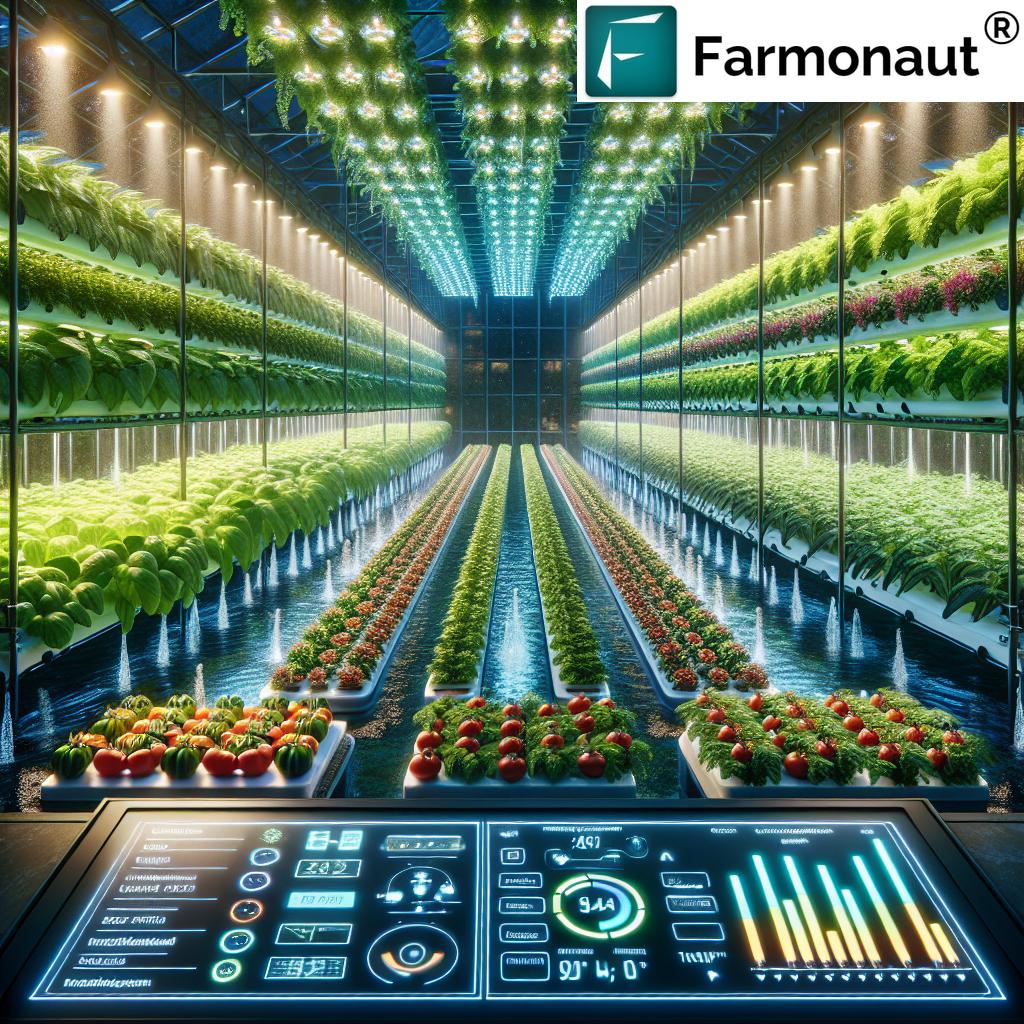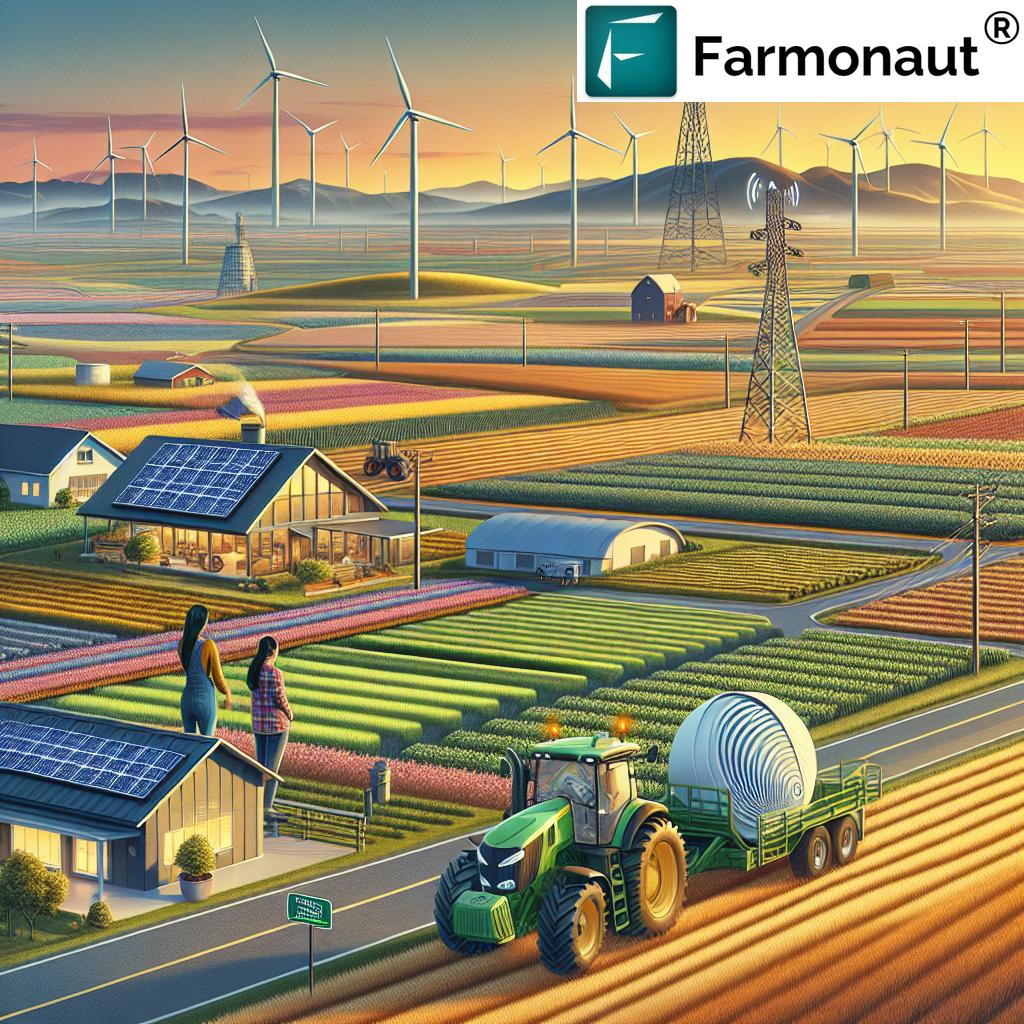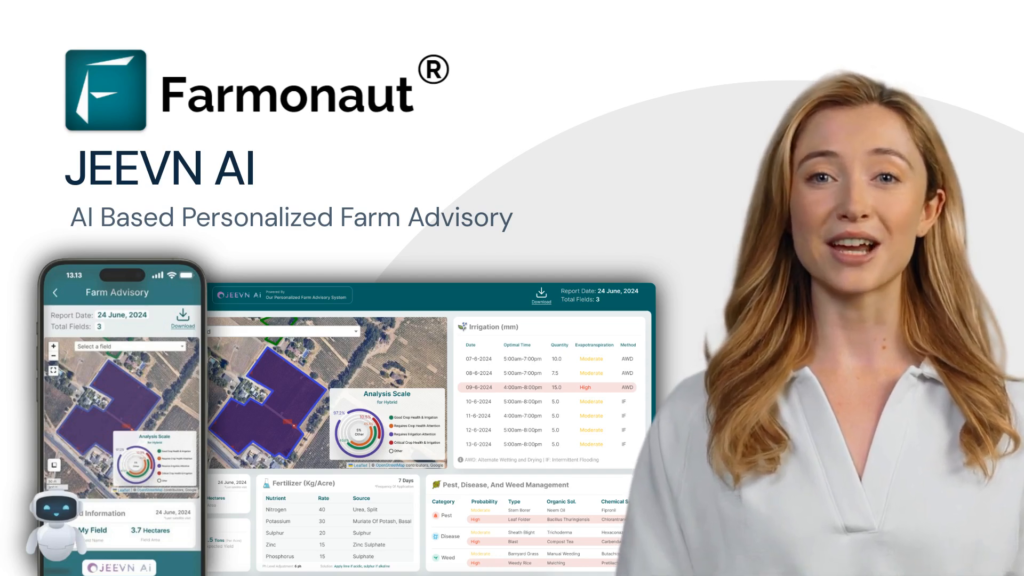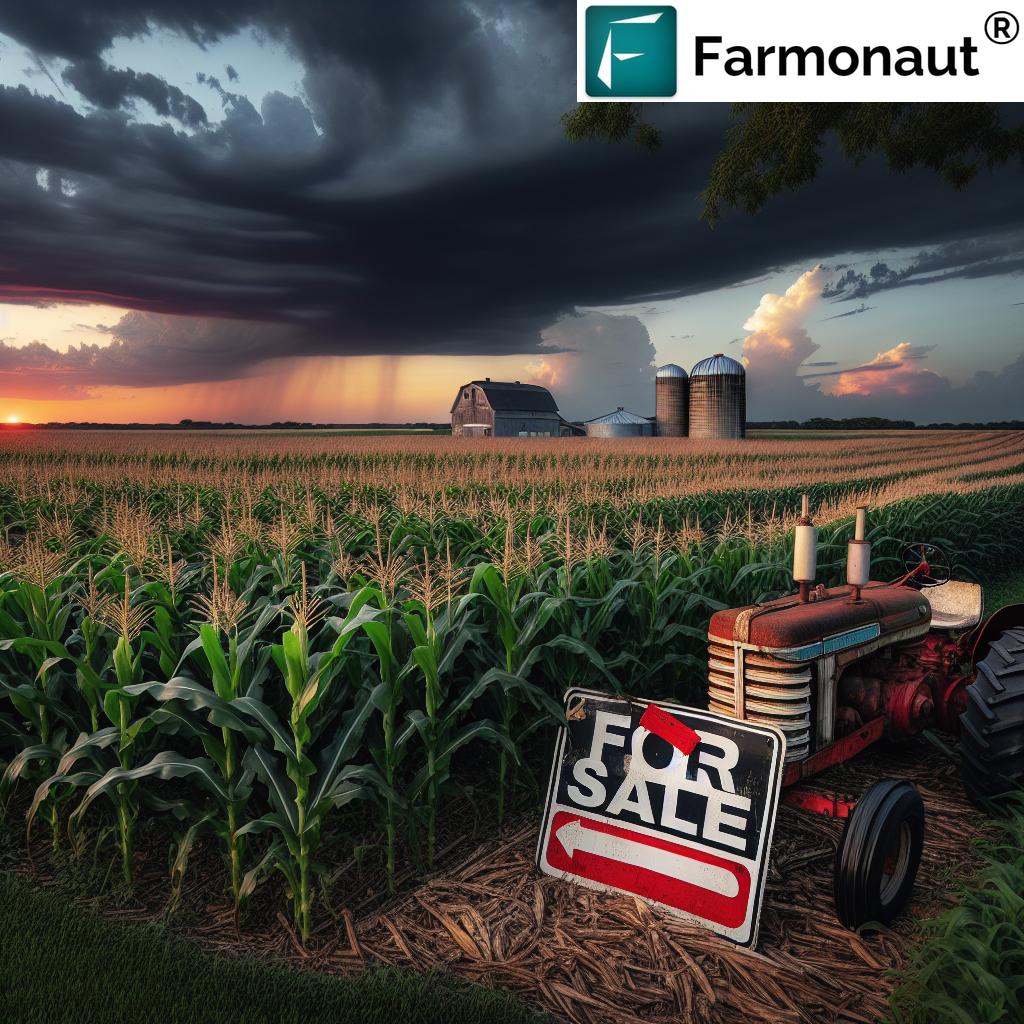Essential Guide: Nurturing Healthy Seedlings from Thinning to Potting in Northeast Ohio
“Northeast Ohio gardeners typically start indoor seedlings 6-8 weeks before the last spring frost date.”
Welcome, fellow gardeners of Northeast Ohio! As we embark on our journey to nurture healthy seedlings this spring, we’re excited to share our comprehensive guide on essential indoor seed starting tips and techniques. From the delicate process of thinning to the crucial step of potting on, we’ll cover everything you need to know to cultivate strong, vibrant plants from seeds.
In this guide, we’ll explore the intricacies of caring for garden seedlings, including proper watering techniques, optimal light conditions, and strategies for preventing damping-off disease. We’ll also delve into the importance of air circulation and the use of grow lights for robust plant development. By the end of this article, you’ll be well-equipped to handle the unpredictable Cleveland weather and set the stage for a bountiful harvest.
So, let’s dig in and discover the secrets to successful seedling care in Northeast Ohio!
Getting Started: Essential Indoor Seed Starting Tips
Before we dive into the specifics of thinning and potting, let’s review some crucial indoor seed starting tips to ensure your seedlings get off to a strong start:
- Choose the right containers: Use clean, well-draining containers with drainage holes.
- Use quality seed starting mix: Opt for a sterile, lightweight mix specifically designed for seedlings.
- Provide adequate light: Ensure your seedlings receive 12-16 hours of light daily.
- Maintain consistent moisture: Keep the soil evenly moist but not waterlogged.
- Control temperature: Most seeds germinate best at temperatures between 65-75°F (18-24°C).
With these basics in mind, let’s move on to the critical steps of thinning and potting on your seedlings.
The Art of Thinning Seedlings
“Proper thinning of seedlings can increase survival rates by up to 30% in Northeast Ohio’s climate.”
Thinning seedlings is a crucial yet often overlooked step in the gardening process. While it may seem counterintuitive to remove some of your precious sprouts, this practice is essential for ensuring the health and vigor of your remaining plants.
Why Thinning is Important
Thinning serves several vital purposes:
- Reduces competition for nutrients, water, and light
- Improves air circulation, reducing the risk of fungal diseases
- Allows remaining plants to develop stronger root systems
- Prevents overcrowding, which can lead to weak, spindly plants
When to Thin Seedlings
The ideal time to thin your seedlings is when they have developed their first set of true leaves. These are the leaves that appear after the initial seed leaves (cotyledons) and resemble the mature plant’s foliage.
How to Thin Seedlings
- Identify the strongest seedlings: Look for those with the thickest stems and healthiest leaves.
- Use clean, sharp scissors: Sterilize your scissors to prevent the spread of disease.
- Cut at soil level: Snip the weaker seedlings at the base, leaving the strongest one or two per cell or group.
- Avoid pulling: Pulling can disturb the roots of neighboring seedlings.
- Space appropriately: Leave about 1-2 inches between remaining seedlings, depending on the plant type.
Remember, while it may feel difficult to remove some of your seedlings, this process is crucial for the overall health of your garden. As the old gardening adage goes, “It still hurts a little bit to thin seedlings, no matter how old you get.”
Potting On: The Next Step in Seedling Care
After your seedlings have been thinned and have grown a bit larger, it’s time for the next crucial step: potting on. This process involves transplanting your seedlings into larger containers to give their roots more room to grow and develop.
When to Pot On
Look for these signs that your seedlings are ready for potting on:
- They have developed several sets of true leaves
- The seedlings are about 2-3 inches tall
- Roots are visible through the drainage holes
- Growth seems to have slowed despite proper care
Steps for Potting On
- Prepare new pots: Choose containers about 2-3 inches larger than the current ones.
- Use quality potting mix: Fill the new pots with a well-draining, nutrient-rich potting soil.
- Water the seedlings: Moisten the soil in the current containers to make removal easier.
- Carefully remove seedlings: Gently squeeze the sides of the container and tip the seedling out, supporting it by its leaves.
- Plant in new container: Create a hole in the new pot and place the seedling at the same depth it was growing before.
- Water thoroughly: Give your newly potted seedlings a good drink to help them settle in.
Potting on is crucial for continued healthy growth and development of your seedlings. It provides them with the space and nutrients they need to thrive before being transplanted outdoors.
Proper Watering Techniques for Seedlings
Watering is one of the most critical aspects of seedling care. Too little water can cause seedlings to wilt and die, while too much can lead to damping-off disease and other fungal problems. Here’s how to get it right:
Watering Best Practices
- Use room temperature water: Cold water can shock delicate seedlings.
- Water from below: Place trays in shallow water and allow the soil to absorb moisture from the bottom up.
- Maintain consistent moisture: Keep the soil evenly moist but not waterlogged.
- Avoid overhead watering: This can damage delicate stems and promote fungal growth.
- Use a spray bottle: For very young seedlings, a fine mist can be gentler than pouring water.
Remember, the goal is to keep the soil consistently moist but not soggy. Check your seedlings daily, and water only when the surface of the soil begins to feel dry to the touch.
Optimal Light Conditions for Healthy Seedlings
Proper lighting is crucial for strong, healthy seedling growth. In Northeast Ohio, where natural light can be limited in early spring, supplemental lighting is often necessary.
Lighting Requirements
- Duration: Most seedlings need 12-16 hours of light per day.
- Intensity: Aim for about 2,000 lumens per square foot.
- Distance: Keep lights 2-4 inches above seedlings, adjusting as they grow.
- Type: LED grow lights are energy-efficient and provide the right spectrum for plant growth.
If you’re using natural light from a south-facing window, be sure to rotate your seedlings regularly to prevent them from leaning towards the light source.
Preventing Damping-Off Disease
Damping-off is a common problem that can devastate seedlings. This fungal disease causes seedlings to suddenly wilt and die. Here are some strategies to prevent it:
- Use sterile soil and clean containers: This reduces the risk of introducing pathogens.
- Provide good air circulation: Use a small fan to keep air moving gently around your seedlings.
- Avoid overwatering: Keep soil moist but not waterlogged.
- Maintain proper spacing: Don’t overcrowd your seedlings.
- Use bottom heat: A seedling heat mat can promote stronger root growth and reduce disease risk.
By following these preventive measures, you can significantly reduce the risk of damping-off and other seedling diseases.
Preparing for Outdoor Transplanting
As spring progresses in Northeast Ohio, it’s time to start thinking about moving your seedlings outdoors. However, this transition needs to be handled carefully to avoid shocking your plants.
Hardening Off Process
- Start gradually: Begin by placing seedlings outdoors in a sheltered spot for 1-2 hours.
- Increase exposure: Gradually increase outdoor time over 7-10 days.
- Protect from elements: Avoid direct sunlight, strong winds, and cold temperatures initially.
- Monitor closely: Watch for signs of stress and adjust exposure accordingly.
- Bring indoors at night: Continue to protect seedlings from cold nighttime temperatures.
Remember, Northeast Ohio’s spring weather can be unpredictable. Keep an eye on the forecast and be prepared to protect your seedlings if temperatures drop unexpectedly.
Conclusion: Nurturing Success in Your Northeast Ohio Garden
By following these essential steps – from careful thinning to proper potting, watering, and lighting – you’re setting the stage for a thriving garden in Northeast Ohio. Remember, patience and attentiveness are key when nurturing seedlings. Each small effort you make now will pay off in abundance when harvest time arrives.
As you embark on your gardening journey, consider leveraging modern technology to enhance your success. For instance, Farmonaut’s satellite-based crop monitoring system can provide valuable insights into your garden’s health and growth patterns, even as you scale up from seedlings to full-grown plants.
Happy gardening, Northeast Ohio! May your seedlings grow strong and your harvests be bountiful.
FAQs
- Q: When is the best time to start seeds indoors in Northeast Ohio?
A: Typically, start seeds indoors 6-8 weeks before the last expected frost date, which is usually around mid-May in Northeast Ohio. - Q: How often should I water my seedlings?
A: Water when the soil surface feels dry to the touch. This could be daily or every other day, depending on your indoor conditions. - Q: Can I use regular potting soil for starting seeds?
A: It’s best to use a sterile seed-starting mix, as regular potting soil can be too heavy and may contain pathogens harmful to seedlings. - Q: What temperature should I maintain for my seedlings?
A: Most seedlings prefer temperatures between 65-75°F (18-24°C) during the day and slightly cooler at night. - Q: How do I know if my seedlings are getting enough light?
A: If seedlings are tall and spindly with pale leaves, they’re likely not getting enough light. Healthy seedlings should be compact with vibrant green leaves.
| Seedling Care Guide: Indoor vs. Outdoor Conditions in Northeast Ohio | |
|---|---|
| Indoor Care | Outdoor Care (Spring) |
| Temperature Range: 65-75°F | Temperature Range: 45-65°F |
| Light Requirements: 12-16 hours of artificial light | Light Requirements: Natural daylight (varies) |
| Watering Frequency: Every 1-2 days | Watering Frequency: As needed, based on rainfall |
| Air Circulation Needs: Gentle fan circulation | Air Circulation Needs: Natural wind exposure |
| Common Challenges: Damping-off, leggy growth | Common Challenges: Frost damage, pests |
For more advanced agricultural insights and satellite-based crop monitoring, consider exploring Farmonaut’s innovative solutions. While primarily designed for larger-scale farming, their technology can offer valuable data even for dedicated home gardeners looking to optimize their growing practices.
Earn With Farmonaut: Join our Affiliate Program
Earn 20% recurring commission with Farmonaut’s affiliate program by sharing your promo code and helping farmers save 10%. Onboard 10 Elite farmers monthly to earn a minimum of $148,000 annually—start now and grow your income!
Additional Resources for Northeast Ohio Gardeners
To further enhance your gardening journey in Northeast Ohio, consider exploring these valuable resources:
- Carbon Footprinting Tools: While primarily designed for large-scale agriculture, these tools can help eco-conscious gardeners understand and reduce their environmental impact.
- Crop Insurance Information: For those considering scaling up to small-scale farming, understanding crop insurance options can be valuable.
- Farmonaut’s Crop Monitoring App: Leverage satellite technology to gain insights into your garden’s health and growth patterns.
Remember, while these tools are designed for larger agricultural operations, the principles and insights they offer can be valuable for serious home gardeners looking to optimize their practices.
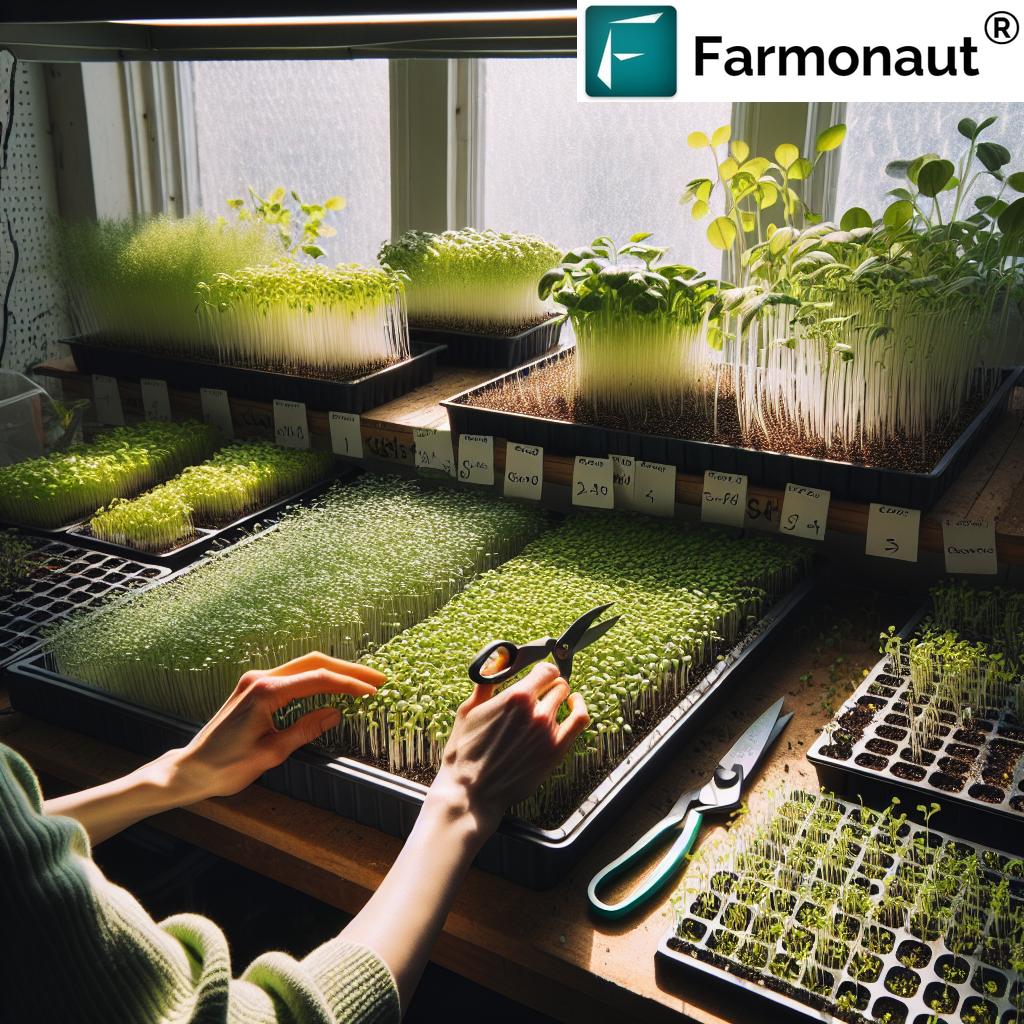
Embracing Technology in Northeast Ohio Gardening
As we continue to navigate the challenges of gardening in Northeast Ohio’s variable climate, it’s worth considering how modern agricultural technology can benefit even small-scale gardeners. While tools like Farmonaut’s satellite-based crop monitoring are designed for larger operations, the principles they employ can offer valuable insights for home gardeners.
Leveraging Satellite Data for Garden Insights
Satellite technology, like that used by Farmonaut, can provide valuable data on:
- Soil moisture levels
- Vegetation health indices
- Local weather patterns
- Potential pest and disease outbreaks
While the scale may be different, understanding these factors can help you make more informed decisions about your garden’s care and management.
Applying Large-Scale Farming Techniques to Home Gardens
Many of the principles used in precision agriculture can be scaled down for home gardening:
- Zoned Planting: Group plants with similar water and nutrient needs together.
- Soil Testing: Regular soil tests can help you optimize fertilization.
- Micro-Climate Awareness: Understand and utilize the different microclimates in your yard.
- Data-Driven Decision Making: Keep detailed records of planting dates, yields, and weather conditions to inform future gardening decisions.
By adopting these techniques, you can bring a more scientific approach to your gardening efforts in Northeast Ohio.
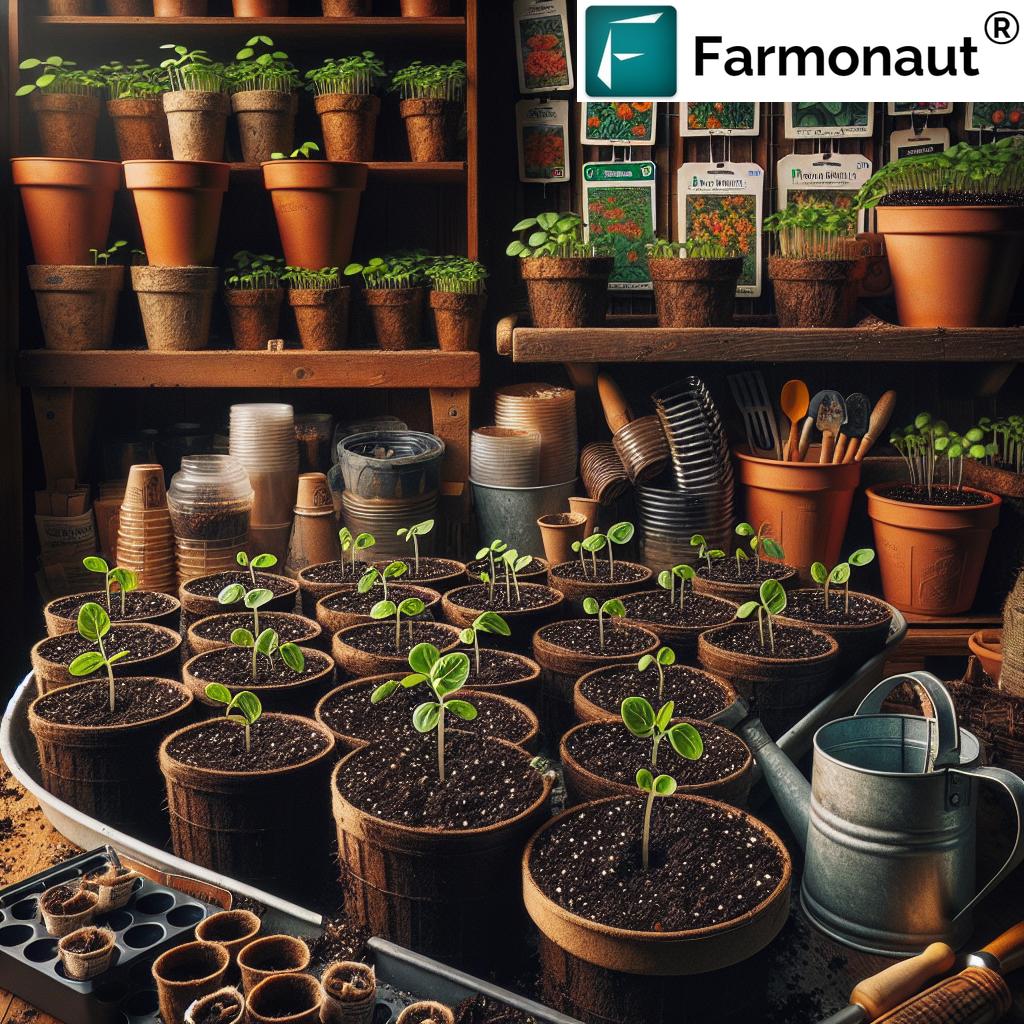
Adapting to Northeast Ohio’s Unique Climate Challenges
Gardening in Northeast Ohio presents unique challenges due to its variable climate. Understanding these challenges and how to adapt to them is crucial for successful seedling care and overall garden management.
Key Climate Considerations for Northeast Ohio Gardeners
- Frost Dates: Be aware of the average last spring frost (mid-May) and first fall frost (mid-October) dates.
- Temperature Fluctuations: Prepare for rapid temperature changes, especially in spring and fall.
- Lake Effect Weather: For gardeners near Lake Erie, consider the impact of lake effect snow and rain.
- Microclimates: Identify and utilize microclimates within your garden for extending the growing season.
Strategies for Success in Northeast Ohio’s Climate
- Use Season Extenders: Employ cold frames, row covers, or hoop houses to protect seedlings and extend the growing season.
- Choose Appropriate Varieties: Select plant varieties that are well-suited to Northeast Ohio’s climate and growing season length.
- Practice Succession Planting: Stagger your plantings to ensure a continuous harvest and to mitigate the risk of crop failure due to weather events.
- Implement Water Management Techniques: Use mulch and efficient irrigation systems to manage water during both dry spells and heavy rain periods.
- Monitor Local Weather Closely: Stay informed about local weather patterns and be prepared to protect your plants when necessary.
Conclusion: Embracing the Journey of Seedling Care in Northeast Ohio
As we’ve explored throughout this guide, nurturing healthy seedlings from thinning to potting in Northeast Ohio requires a blend of traditional gardening wisdom and modern agricultural insights. By understanding the unique challenges of our region and applying both time-tested techniques and innovative approaches, we can set the stage for a thriving garden.
Remember, every seedling you nurture is a step towards a more bountiful and sustainable garden. Whether you’re a novice gardener or a seasoned green thumb, the journey of growing plants from seeds is always rewarding and full of learning opportunities.
As you continue your gardening journey, consider how tools like those offered by Farmonaut can provide valuable insights, even for home gardeners. While designed for larger-scale agriculture, the principles of precision farming and data-driven decision-making can be adapted to enhance your gardening practices.
Happy gardening, Northeast Ohio! May your seedlings grow strong, your harvests be bountiful, and your gardens flourish in every season.
For those interested in exploring more advanced agricultural technologies and how they might be applied to home gardening, visit Farmonaut’s website to learn about their innovative approaches to crop monitoring and management.






